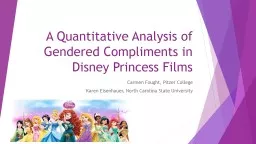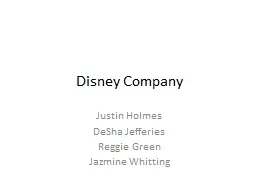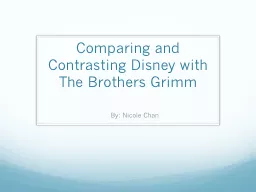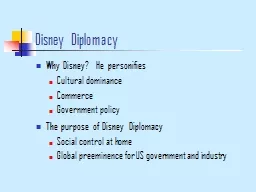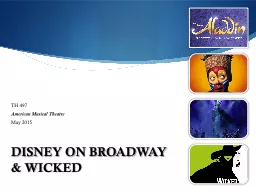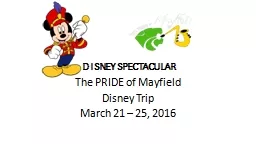PPT-A Quantitative Analysis of Gendered Compliments in Disney P
Author : ellena-manuel | Published Date : 2017-07-26
Carmen Fought Pitzer College Karen Eisenhauer North Carolina State University The perils of qualitative research Ariel and Jasmine who choose to marry their heroes
Presentation Embed Code
Download Presentation
Download Presentation The PPT/PDF document "A Quantitative Analysis of Gendered Comp..." is the property of its rightful owner. Permission is granted to download and print the materials on this website for personal, non-commercial use only, and to display it on your personal computer provided you do not modify the materials and that you retain all copyright notices contained in the materials. By downloading content from our website, you accept the terms of this agreement.
A Quantitative Analysis of Gendered Compliments in Disney P: Transcript
Download Rules Of Document
"A Quantitative Analysis of Gendered Compliments in Disney P"The content belongs to its owner. You may download and print it for personal use, without modification, and keep all copyright notices. By downloading, you agree to these terms.
Related Documents

